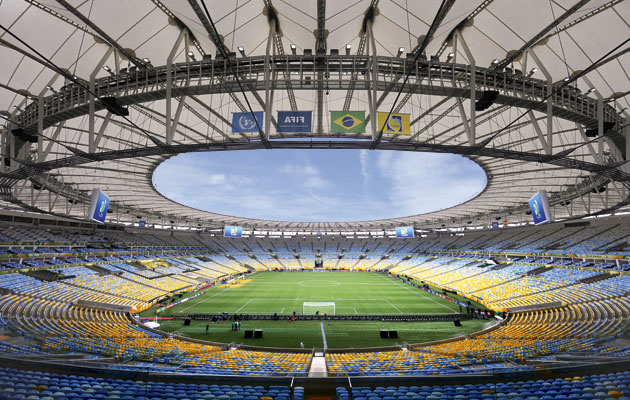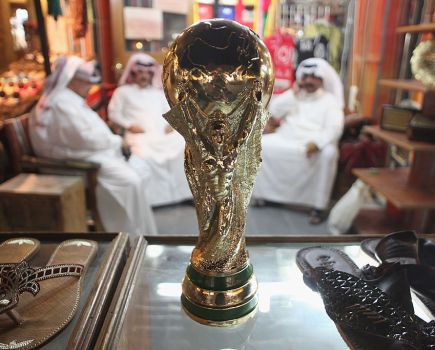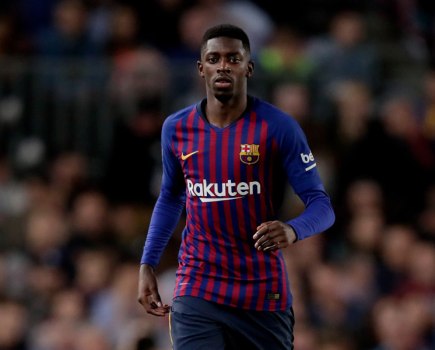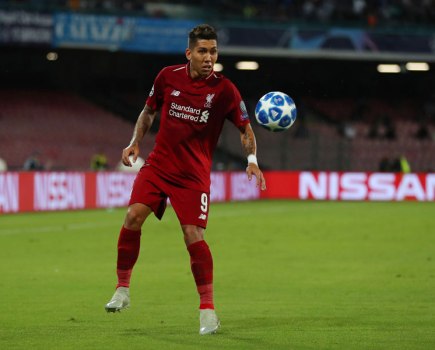Maracana is 64 years old this week, named formally the Estadio Mario Filho after the sports journalist whose drive provided the impetus for its construction as centrepiece of the 1950 World Cup.
Today’s version of the stadium looks much the same from the distance, for tourists staring down through the haze from the viewing platform up at the Christ the Redeemer statue, for example.
But inside it’s all changed. This is not the largely all-standing bowl which hosted 200,000 for the spectacular disaster of the 1950 World Cup final match or even more who packed in for two visits of Pope John Paul II.
Maracana is not even the same stadium which old Brazilian hero Zico recalls from his first visits as a Flamengo-mad kid.
The one occasion still lingers bright in his memory. Zico said: “In 1963 I came to see the Fla-Flu derby (Flamengo v Fluminense) with 177,000 paying fans, a record for a club match. I remember when I came out of the corridor into the stadium and being hit by the colours – the red and black of Flamengo, the green, red and white of Flamengo.
“That was a great joy for me because I was only 10 and Flamengo, my team, were champions. So I always believe that my Maracana history started there although in fact I had been there a year earlier. But that time Flamengo lost to Botafogo and Garrincha scored three times so I don’t count that.”
In time Zico played countless times in Maracana for Flamengo and for Brazil. Official statistics acclaim him as the leading marksman in Maracana with 333 goals which have now earned him a statue of record.
He says: “One of the most important memories in my life I have from that Fla-Flu match. Of course I never imagined I would make history as a player myself in this stadium. It’s an honour, a wonderful reward.”
Now 61, Zico counts himself among the greatest fans of Luiz Felipe Scolari’s Selecao. He knows all about the pressures from a decade as an international star including three World Cups and another career as a coach, including four years as national manager of Japan.
The fan in him is thrilled “to see the World Cup here in country with the big names all playing well – Messi, Neymar, Robben, Pirlo and so on. I think the Brazilian public are happy and it’s great to see a fantastic number of goals. I hope this continues right through to the final.”
Of course Zico hopes – and believes – that Brazl will be in the final though he cautions that “it’s not so easy to play a World Cup at home.”
He thinks Brazil’s players were almost wound up too much by the national anthem at the Opening Match, failed to settle and thus allowed Croatia to take the lead. He even thinks that Croatia were better for much of the second half – “Brazil did not play that well but managed to get ahead with a penalty and that settled them down.”
He worries that Thiago Silva is not used to playing alongside a rightback who vanishes up into the distance as often as Dani Alves and fears that Hulk is less effective being played out of his best position.
Zico remains optimistic that Scolari will come up with the answers and Brazil will be lining up in Maracana on July 13.
When Maracana was reopened last year for the Confederatons Cup after a three-year, $500m redevelopment it suffered heavy criticism from traditionalists who said that as an all-seat venue it had lost the vastness which made it unique.
Zico understands but views the stadium’s evolution as a symbol of the progress of the game itself.
He says: “Of course I miss the the great days of the past. Of course I’d like to see Maracana full all the time. But you need a reason for those crowds and in the last years all the great players are no longer in Brazil. Sad but true.
“For years Maracana never had crowds of 90,000 or 80,000 or even 70,000. In the 2000s we had finals in Maracana with only 15,000 people and it had structural problems and needed work regardless of the World Cup.
“The fans come to see the great players and they are not here any more. Maracana still has a wonderful atmosphere. We saw that the other night – and that was with fans from Argentina!
“No, times change. Maracana is still a great stadium. It’s just that it is now the way it needs to be for today.”







